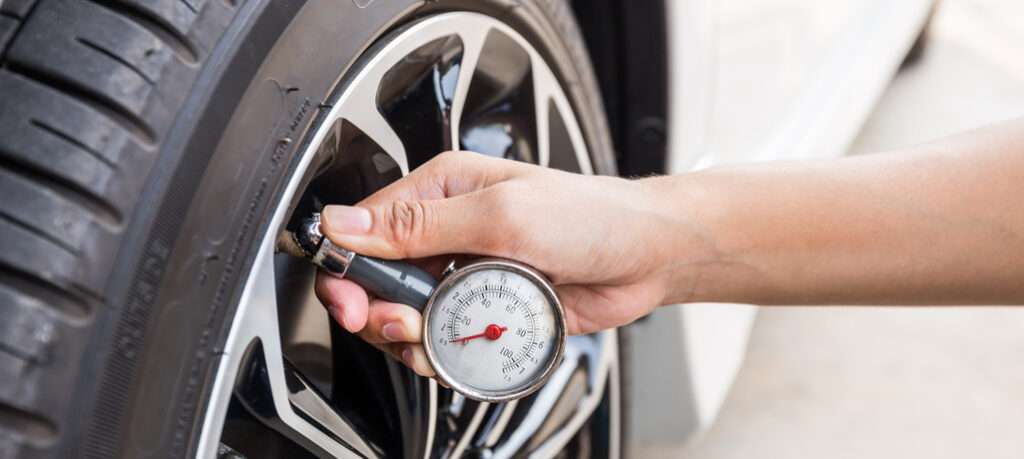Driving in Rain: Tips for Staying Safe on Wet Roads in the UAE
Rain in the UAE is a rare sight, but when it does arrive, it can turn everyday driving into a serious challenge. Wet roads, reduced traction, and limited visibility often catch drivers by surprise, making even short journeys more hazardous.
In a region where most drivers are accustomed to dry conditions, adjusting to the risks of rain requires preparation and awareness. It’s not just about slowing down; understanding how rain impacts road safety and adopting the right driving habits can make all the difference.
Drive UAE will guide you through essential tips to help you stay safe on wet roads, ensuring you’re ready to face the rain with confidence.
Challenges of Driving in Rain in the UAE
Here are some key challenges to be aware of:
- Sudden rainfall can leave roads slick with a mix of water and accumulated dust, reducing tire traction.
- Limited drainage systems in some areas may result in water pooling, increasing the risk of hydroplaning.
- Many drivers lack experience handling wet roads, leading to slower reaction times and unsafe maneuvers.
- Heavy rain can significantly reduce visibility, making it harder to see other vehicles and road hazards.
- Stalled or slow-moving traffic becomes common as drivers struggle to navigate flooded or slippery roads.
- Brake efficiency may decrease due to moisture, increasing stopping distances and the likelihood of collisions.
Pre-Driving Preparations
Taking a few precautions before heading out in the rain can make a significant difference in your safety. Here are essential steps to prepare:
1. Check Your Tires
Ensure your tires are in good condition with adequate tread depth and correct air pressure. Proper tires provide better grip on wet roads, reducing the risk of skidding or hydroplaning.

2. Inspect Wipers and Washer Fluid
Check that your windshield wipers are functional and free of wear. Top up the washer fluid to keep your windshield clear from rain, dirt, and debris.

3. Test Your Lights
Make sure all headlights, brake lights, and turn signals are working properly. Good lighting is crucial for visibility in rainy conditions, both for you and other drivers.

4. Keep an Emergency Kit
Carry an emergency kit with essentials like a flashlight, reflective warning triangle, and a basic toolkit. These items can be invaluable in case of a breakdown or unexpected delays.

5. Plan Your Route
Check the weather forecast and traffic updates before starting your journey. Avoid areas prone to flooding and opt for safer, well-maintained roads.
Safe Driving Practices on Wet Roads
Here are some essential practices to follow:
1. Reduce Your Speed
Lower your speed to maintain control and reduce the risk of hydroplaning. Wet roads increase stopping distances, so driving slower gives you more time to react to unexpected situations.

2. Increase Following Distance
Leave more space between your vehicle and the one in front of you. This allows for longer braking distances and reduces the likelihood of rear-end collisions in case of sudden stops.

3. Use Low-Beam Headlights
Turn on your low-beam headlights, even during light rain, to improve visibility and ensure other drivers can see you. Avoid using high beams, as they can reflect off the rain and create glare.

4. Avoid Sudden Movements
Steer, accelerate, and brake gently to maintain traction. Abrupt movements can cause your tires to lose grip, leading to skidding or loss of control.

5. Stay in the Center Lane
On multi-lane roads, stick to the center lanes where water tends to accumulate less. Outer lanes are more likely to have puddles or standing water, which can increase the risk of hydroplaning.

6. Avoid Driving Through Standing Water
If you encounter flooded areas, assess the depth before proceeding. Driving through deep water can damage your vehicle and lead to loss of control. When in doubt, turn around.

7. Be Mindful of Larger Vehicles
Stay cautious around trucks and buses, as their larger tires can create spray that reduces visibility. Keep a safe distance to avoid driving in their blind spots or being affected by water spray.

Addressing Common Hazards
Here’s how you can deal with common hazards.
- Flooded Roads: Avoid driving through standing water to prevent engine damage and loss of control.
- Hydroplaning: If your car starts to hydroplane, ease off the accelerator and steer gently until you regain traction.
- Low Visibility: Use low-beam headlights and maintain a safe distance from other vehicles to improve visibility.
- Slippery Surfaces: Be cautious on oil-slicked or muddy patches that can reduce tire grip.
- Water Spray: Keep a safe distance from larger vehicles to avoid reduced visibility caused by water spray.
- Hidden Potholes: Drive cautiously in puddle-covered areas where potholes or debris may be hidden.
- Skidding: If your vehicle skids, avoid sudden braking or steering, and gently guide it back on track.
Post-Rain Driving Tips
Below are some post-rain tips that can help you.
Inspect Your Vehicle
Check your tires, brakes, and undercarriage for any damage caused by water or debris during your drive.

Drive with Caution
Wet roads can remain slippery even after the rain stops, so continue to drive at a controlled speed and maintain a safe following distance.

Watch for Potholes
Rain can erode roads and create new potholes, which may not be immediately visible after the rain subsides.

Use Your Lights Appropriately
Keep your headlights on in low-light conditions to maintain visibility and help other drivers see you clearly.

Avoid Waterlogged Areas
Steer clear of areas where water may still be pooling, as it can lead to tire damage or even engine trouble.

Conclusion
Driving in rain, especially in the UAE’s unpredictable weather, requires careful preparation and mindful practices. Remember, safety comes first. Reduce your speed, stay alert, and avoid unnecessary risks like flooded roads.
With the right precautions, dealing with rainy conditions becomes less daunting and much safer for you and everyone else on the road.

